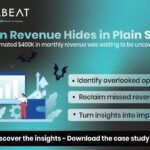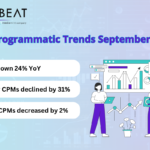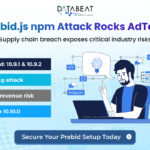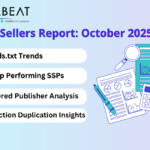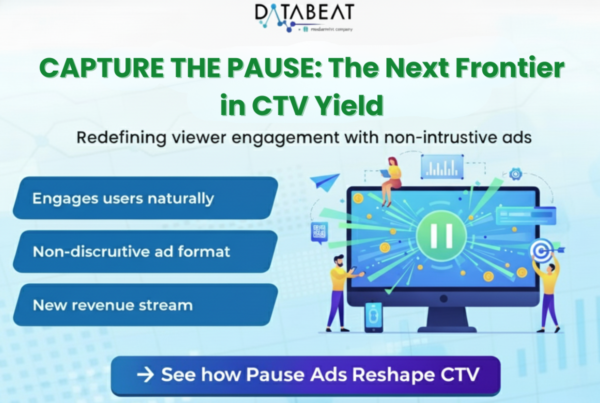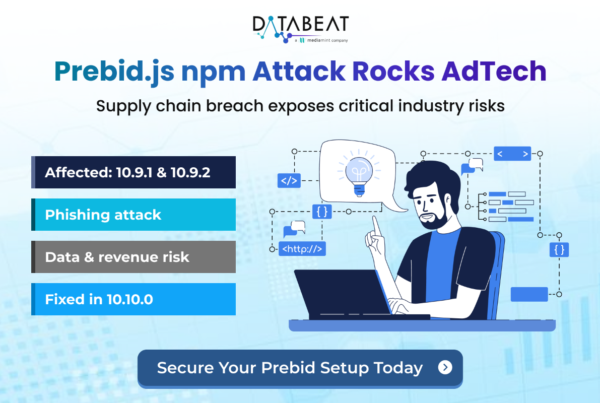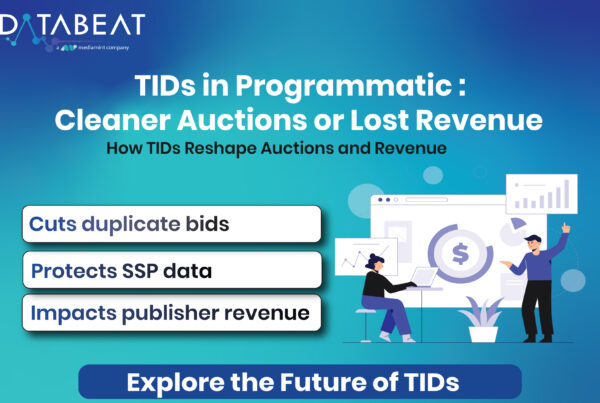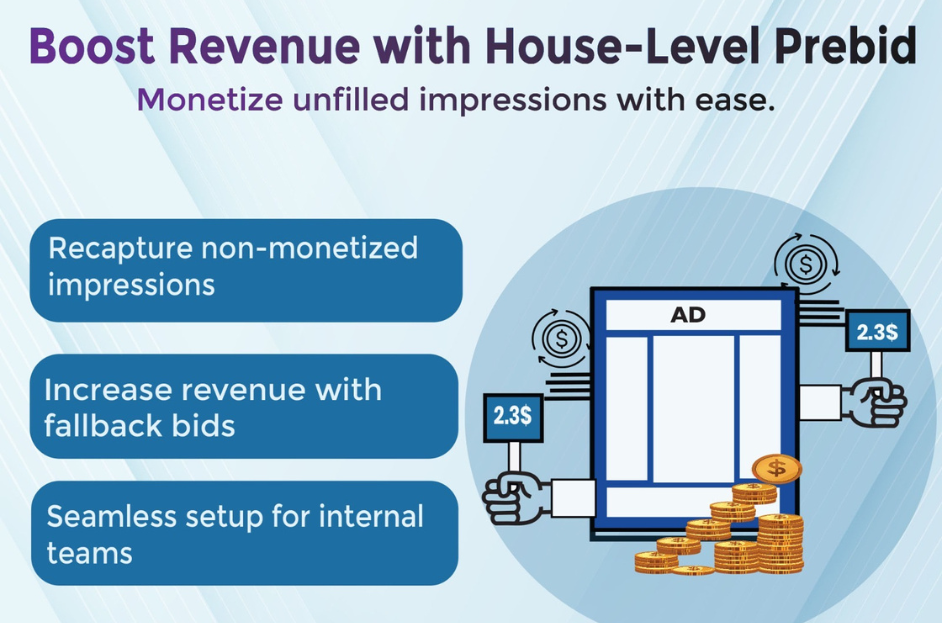
Want to know how much you could benefit from Ad Refresh? Use our calculator to find out!
Imagine a crop world without proper science, pesticides and plant medicines. All you could see is less yield after using full effort and potential. A lot might have gone wrong and would have affected the harvest due to insects, wrong plantations in wrong seasons, lack of infrastructure, irrigation systems, and etc. All thanks to the technique and science, see how far we have reached !
Publishers implementing a Prebid partner setup with house-level priority in GAM to generate more revenue is a similar way of using technique and science.
What is Prebid?
Prebid is an open-source header bidding solution that allows publishers to run simultaneous auctions across multiple demand partners, allowing real-time competition. Prebid came as a successor to the waterfall model which increases publishers’ chances of getting higher impressions and greater revenue.
What is a House?
House is a line item type where the publisher uses it to promote his own (internal) products and services. They are usually non-revenue generating due to this fact, they have the lowest delivery priority. So by showing house ads, we aren’t generating revenue but only promoting or creating awareness about our own products, driving traffic & subscriptions.
House line items will only be served when no line items namely Network, Bulk & Price priority are eligible to serve. House line item CPM determines ranking of eligible House ads but doesn’t need to meet any floor price set in unified pricing rules in order to be eligible to serve an ad, thereby effectively serving as a fall-back ad. Learn more about unified pricing rules. Here’s the article from Google Ad Manager Support on House line items.
What Is a Prebid Partner Setup with House-Level Priority and why is this important?
By integrating Prebid partners into GAM with a “house-level priority”, publishers can redirect impressions that were previously unfilled or being served as house ads.
In this setup, rather than simply letting impressions go unfilled or defaulting to house ads, you give a Prebid partner the opportunity to bid on those impressions at a lower priority level. This can bring additional revenue from impressions that were previously non-monetized.
For example, Let’s assume for a request with $2 as a floor we have following bids coming in from partners:
| Partner | Bid | Line item type |
| A | $1.9 | Price priority |
| B | $1.8 | Adx |
| C | $1.3 | Price priority |
| D | $0 | House |
In the above scenario, no partner is going to win in the auction because of the floor ($2). Thereby, it will serve the house because every other partner failed to cross. So, if we have a prebid house order, partner A can still serve through this prebid house order (as UPR doesn’t apply on House line items) resulting in getting a revenue of $1.9 instead of $0. It’s a double win kind of situation that we have created with prebid at house priority.
How to set up House priority with Prebid?
This setup can be done by anyone with a good understanding of Google Ad Manager (GAM), and ad tech concepts. The steps are given below:
1. Select a Prebid partner:
You have to select a partner to set at house level priority. For this, it’s recommended to select a partner who has a “high bid rate” (bids often), a “low win rate” (doesn’t win often), and a “moderate bid CPM”. This way, the partner bids frequently on impressions, but at a price that makes sense for your goals.
The partner should bid on impressions that would otherwise go unfilled or be served as house ads, helping you reduce non-monetized inventory (house, unfilled, non rendered)
2. Set House-Level Priority in GAM:
Within GAM, you’ll need to configure the Prebid partner to have a “house-level priority” in the price priority auction. This means that the Prebid partner will only have the opportunity to bid on impressions if external demand sources don’t meet the set criteria (e.g., a minimum price or targeting specifications).
To set house priority, follow the steps below:
- Navigate to the “Line Items” section in GAM.
- Create a new line item for the Prebid partner with a “house-level priority” (usually the lowest priority or a fallback option).
- Assign the partner to bid on non-monetized or house-level impressions.
1. Define Pricing Floors: Set a “pricing floor” for external demand sources. If bids from external partners don’t meet this minimum set price, the impression will be made available to the Prebid partner. This ensures that inventory doesn’t sell at a price lower than what you’re willing to accept.
House ads will only run if the Prebid partner also doesn’t win the bid.
2. Monitor and Optimize: We have to monitor the performance after implementing the setup. Track key metrics like bid rate, win rate, non-monetized impressions and revenue. Based on this data, you may want to adjust floor prices, partner selection, or priority levels to maximize the results.
Benefits of setting partners at House:
There are quite a few advantages with this set up
- Maximizing Revenue: By this, we are allowing a Prebid partner to bid on non-monetized impressions, thereby creating additional revenue sources. If not, Impressions that would have gone unfilled or defaulted to house ads can now generate revenue, even at a lower price.
- Reducing Non-Monetized Inventory: For publishers non-monetized impressions are always a concern, and they occur when no demand sources bid on an ad. But by this integration, we are reducing the number of unfilled impressions and, in turn, improve overall inventory utilization.
- Ease of implementation: This setup is not a technically challenging piece of work. It is simple and can be managed by an internal team without the need for experts. This makes it an accessible option for many publishers.
- Flexibility in Partner Selection: You have the option of selecting the best Prebid partner for your needs. By choosing a partner with a high bid rate, moderate CPM, and low win rate, you ensure that the inventory is monetized while allowing room for other, higher-value demand sources.
Some Disadvantages follows:
- Although we can reduce non monetized impressions, there is a risk of low CPMs
- Risk of drop in ad placements quality due to low paying ads
- Risk of losing high value advertisers in the long run due to drop in value of inventory
- Selection of the wrong partner might hurt revenue.
How can DataBeat help?
DataBeat can play a significant role in optimizing publisher’s revenue due to its prominent and skillful team. A good ad-ops and technically well versed team has been handling this for years which makes DataBeat a go-to place. By monitoring performance and optimizing the setup, publishers can find the right balance between maximizing revenue and maintaining a high-quality ad experience with our support.


